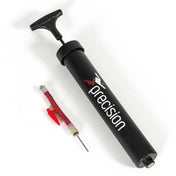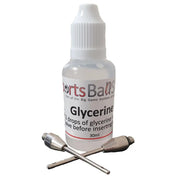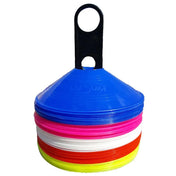As of 2016 the longest sponsorship deal must go to Slazenger at Wimbledon. Slazenger first supplied the official Wimbledon tennis ball in 1902, now in its 116th year, there have been calls to change the ball but it would be very hard to see them changing ball supplier and breaking this historic sponsorship link.
Early balls at the Wimbledon Championship were made of rubber, with a wool cloth. Each ball was hand sewn. By 1929 the Slazenger ball used a vulcanizing process and the cloth was cemented (glued) onto the ball core.
In 1937, Wimbledon introduced a courtside fridge to maintain a constant temperature of the ball. The optimum temperature was widely regarded to be 68 degrees. In 1939, Slazenger patented a new 'K' cloth system that ensured the wear of the ball lasted longer. After the war, there was no change to the ball being used.
They were still trying to improve the durability of the ball and in 1954 Slazenger introduced the nylon armour covering. This covering has lasted many years, with the hardness and colour being the only changes made.
In 1982, a fluorescent yellow ball was first introduced. This was deemed to aid visibility, rejecting the green tinged ball which had been used previously. 4 years later a yellow ball was used which differed slightly from the fluorescent one.
In 1997, a specially developed Hi-Vis ball was used and over the next few years this was tweaked and improved to be the current ball. This ball is a Ultra Vis with a water repellent barrier called Hydroguard. Obviously with the British weather, this is a necessary feature in this country.
In 2002, the partnership had reached 100 years so, Slazenger launched specially imaged, Tennis Balls that became a big hit and was very collectable. If you still have one that is unused, it could be worth quite a bit to a tennis collector.
So, now in its 116th year, it surely must be the longest running sponsorship deal in sports history.




